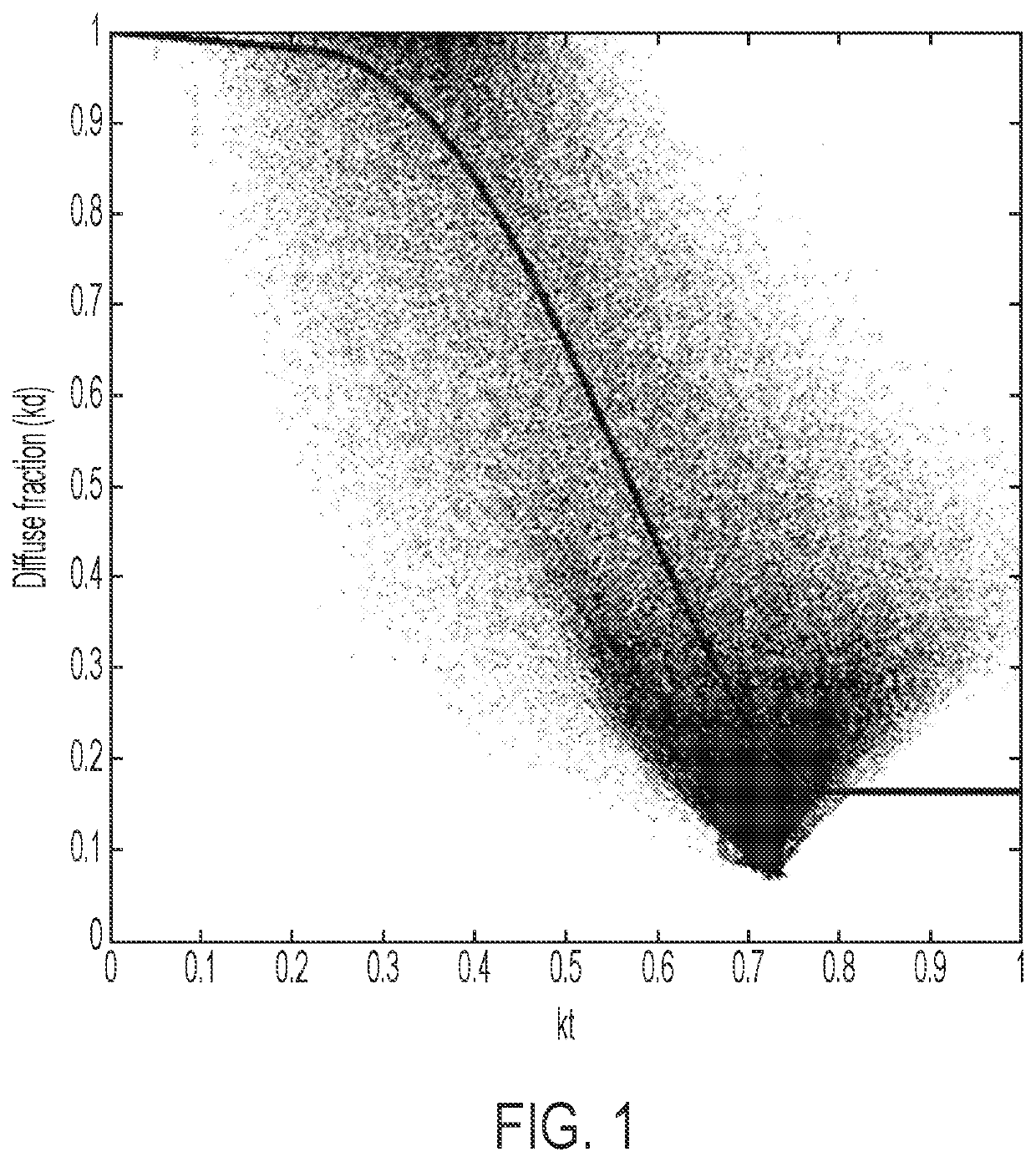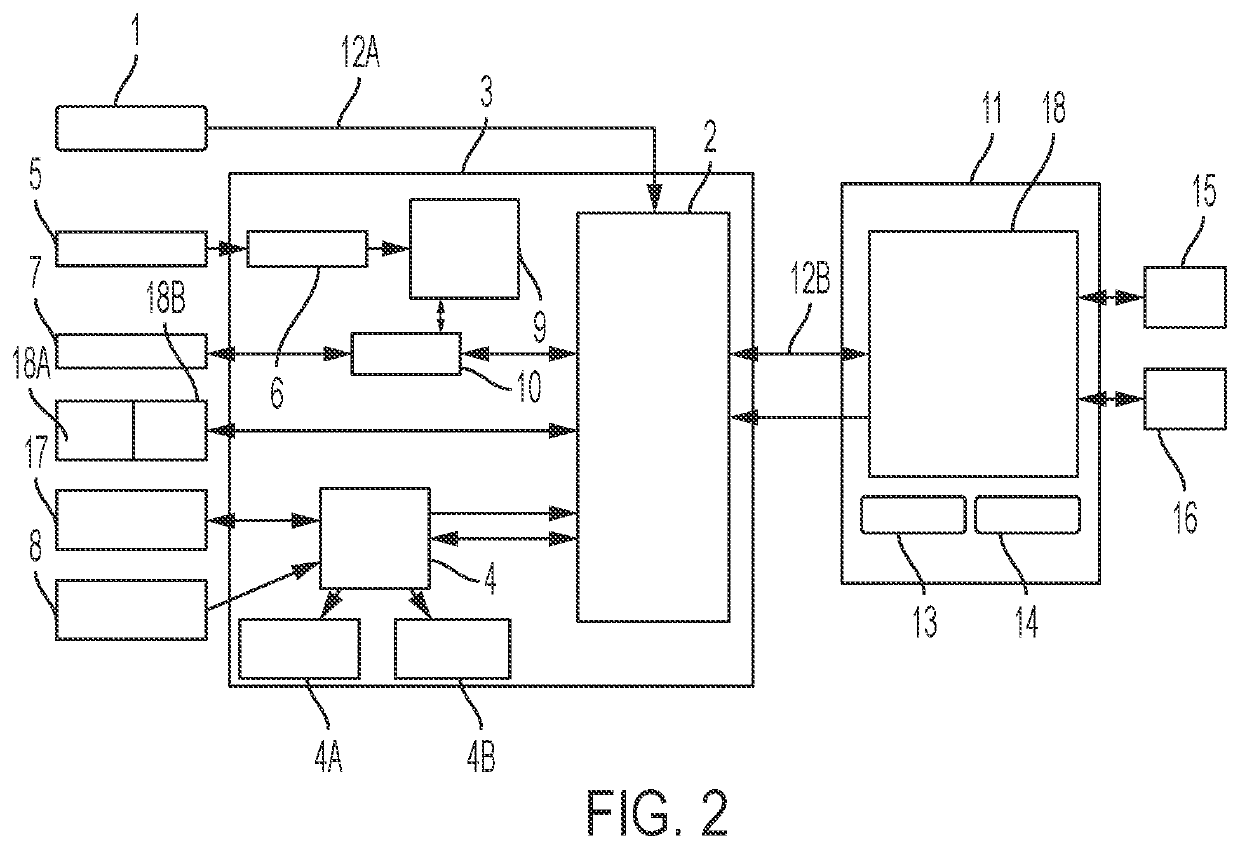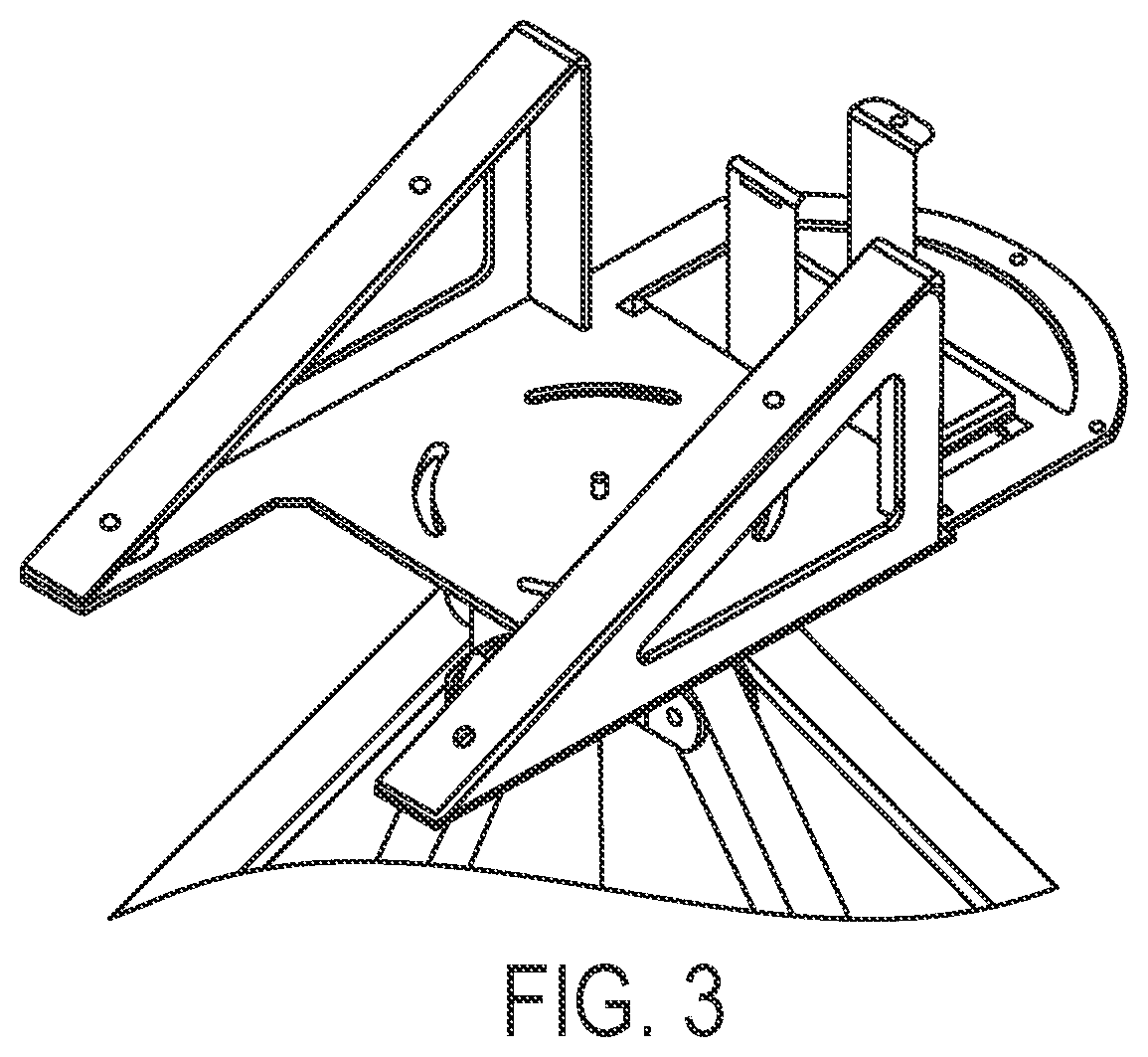Low-cost autonomous solarimetric station
- Summary
- Abstract
- Description
- Claims
- Application Information
AI Technical Summary
Benefits of technology
Problems solved by technology
Method used
Image
Examples
Embodiment Construction
[0061]First, note that the following description will begin with preferred embodiments of the invention. As will be evident to those skilled in the art, however, the invention is not limited to these particular embodiments, but only to the scope of protection defined in the claims.
[0062]Based on an analysis of the state of the art, alternative equipment for solar energy prospecting was developed with a focus on low cost, compact size, low complexity to install, operate and maintain, and high reliability.
[0063]The compact equipment developed herein is capable of providing global irradiance measurement and estimates for direct and diffuse components, as well as hemispherical photographs of the sky.
[0064]The low-cost requirement practically imposes the use of photodiode pyranometers, whose cost is significantly lower, and the development of a data logger with dedicated internal memory (data logger). The use of photodiode pyranometers, as in the case of RSI, is only feasible with the us...
PUM
 Login to View More
Login to View More Abstract
Description
Claims
Application Information
 Login to View More
Login to View More - R&D
- Intellectual Property
- Life Sciences
- Materials
- Tech Scout
- Unparalleled Data Quality
- Higher Quality Content
- 60% Fewer Hallucinations
Browse by: Latest US Patents, China's latest patents, Technical Efficacy Thesaurus, Application Domain, Technology Topic, Popular Technical Reports.
© 2025 PatSnap. All rights reserved.Legal|Privacy policy|Modern Slavery Act Transparency Statement|Sitemap|About US| Contact US: help@patsnap.com



